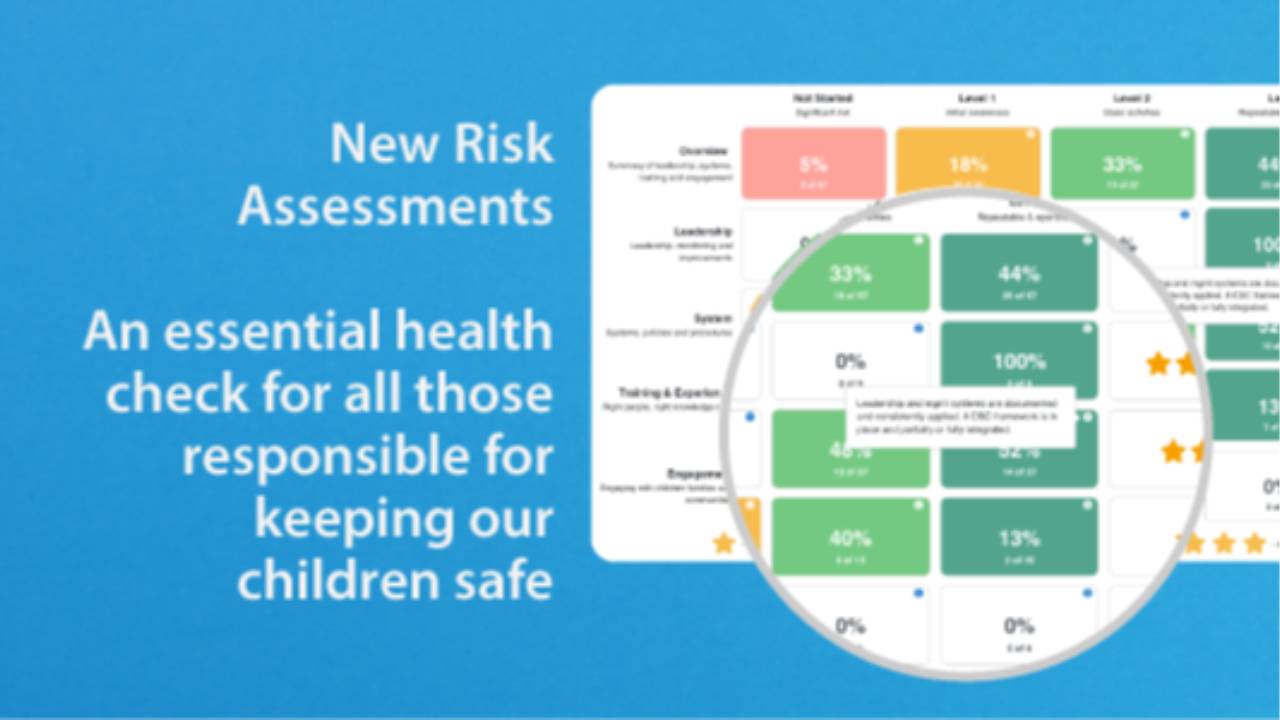Child Safe risk assessments - uncover what you really need to know
Mar 22, 2023
Do you really know the state of your organisation’s capabilities concerning you’re legal, moral and community obligations to keeping children safe?
New state laws require thousands or organisation's [sporting groups, state independent and system schools, religious groups, employers of children etc] to be onboard new capabilities to be child safe. The purpose here is two fold. Organisation's that have a duty of care for children need to make a step change in their internal culture and systems so this intern these values will flow on out and reflect in safer community for all.
If you are starting to build child-safe capabilities or think you are well advanced, our child-safe risk assessment will provide a clear view and status of your current risks along with mitigation and treatment plans.
Using the most modern tools designed to meet Australian standards, we can help you provide board-level oversight down to operational treatment plans that will prove invaluable for external auditors, insurance assessments and individuals seeking personal compensation.
Running a Child Safe risk assessment is an important part of ensuring the safety of children in any environment. It is a process of identifying, assessing and managing the risks associated with any activity that involves children. This process helps to ensure that the environment is safe and that any potential risks are minimised.
The first step in running a Child Safe risk assessment is to identify any potential risks. This includes identifying any potential hazards, such as leadership, systems, staff training & experience and engagement that could affect the safety of children in the environment. Once any potential risks have been identified, they should be assessed and managed accordingly.
It is important to regularly review and update the Child Safe risk assessment to ensure that the environment remains safe. This could include monitoring the environment for any changes, such as new staff or changes in the activities taking place, and ensuring that any new risks are identified and managed. Regular reviews should also be conducted to ensure that any existing risks are being managed effectively.

